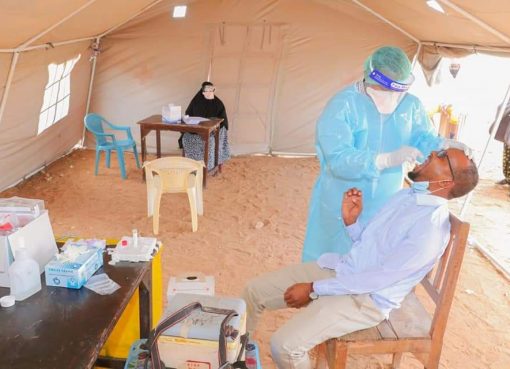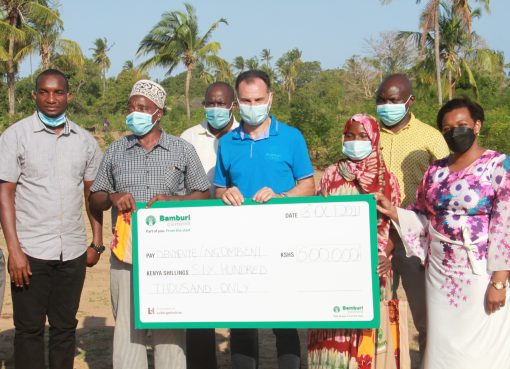Conservation International and Peace Parks Foundation, in collaboration with Indigenous Pastoralists, Civil Society Organisations, and the private sector, announced an ambitious plan to restore 20 million hectares of degraded grasslands, savannah, and shrublands during the Africa Climate Summit in Nairobi.
In the announcement, the two organisations committed an investment of USD $150 million to the effort, which will scale up the Herding for Health (H4H) model, a climate-smart grazing approach for managing and restoring grasslands, savannah, and shrublands across Africa.
Funding has been made possible through generous support from the governments of Angola, Botswana, Kenya, Madagascar, Mozambique, South Africa, Zambia, and Zimbabwe, partners, and donors.
Grasslands, savannah, and shrublands comprise over half of the Earth’s terrestrial surface, two-thirds (62 per cent) of which are found across Africa.
These ecosystems are integral to the livelihoods of an estimated 50 million pastoralists and indirectly support at least 200 million people. However, approximately 700 million hectares of these ecosystems are degraded, threatening water catchment, carbon sequestration, and community livelihoods.
“This kind of collaboration is the best way to achieve goals and maintain the ecosystems that for 200,000 years have sustained life across the African continent,” said Suzanne Ngo-Eyok, Conservation International-African Senior Vice President and Chief Field Officer.
Ngo-Eyok said that the carbon sequestration potential of Africa’s healthy grasslands, savannah, and shrublands ecosystems is equivalent to the carbon sink value of the entire Amazon rainforest.
“Even though they store vast amounts of irrecoverable carbon, provide livelihood opportunities for hundreds of thousands of people, and are culturally significant to pastoralist communities, current conservation efforts in these ecosystems are low. The investment by CI and Peace Parks aims to change that,” Ngo-Eyok said.
The programme will build on successful conservation strategies across transboundary landscapes in East and Southern Africa, most notably in the Kavango-Zambezi, the Great Limpopo, the Mara-Serengeti, and Tsavo-Mkomazi, to advance the wellbeing of communal livestock farmers, rebuild ecosystem resilience, and sequester carbon in some of the world’s most climate-vulnerable areas.
“Herding for Health is now operational across 2.5 million hectares in 16 locations and six countries throughout Southern Africa,” said Werner Myburgh, CEO at Peace Parks Foundation.
“This programme contains all the elements to ensure conservation impact at scale, which is at the heart of Peace Parks’ Strategy 2030 by enabling healthy landscapes, healthy livestock, healthy communities, and co-existence between people and wildlife,” Myburgh said.
The Five-Year Goals and Monitoring Initiative aims to expand the Herding for Health model to seven million hectares in East and Southern Africa, address ecosystem degradation, and restore resilience through conservation stewardship and green job creation.
It also seeks to address social equity by unlocking finance opportunities for sustainable, wildlife-friendly grazing; supporting pastoralists to secure their livelihoods against climate impacts as well as the health of their herds and their families through a one-health approach; establishing mechanisms to ensure the long-term financial sustainability of Herding for Health sites; and catalysing the uptake of the model across the continent.
A monitoring platform will be established to track ecosystem and socio-economic improvements, offering insights into degradation threats including fire, bush encroachment, invasive plant species, and soil erosion. These data will inform future rangeland restoration initiatives across Africa.
By Joseph Ng’ang’a





